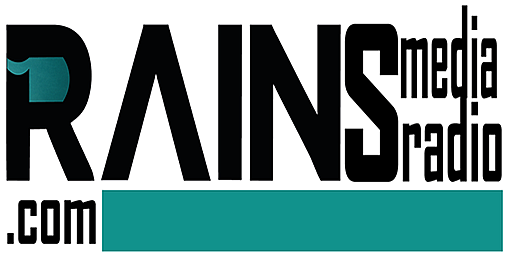Nigeria’s telecom industry is at a crossroads. With rising operational costs, multiple taxation burdens, and security threats to infrastructure, telecom operators are pushing for a regional tariff system that better reflects local economic realities. Currently, telecom pricing in Nigeria follows a uniform national structure, but industry players argue that this approach fails to account for the varying cost of providing services across different states. The push for regional tariffs is a call for fairness, efficiency, and sustainability in an industry that has long been a pillar of Nigeria’s digital economy.
The financial pressures facing telecom operators have never been more severe. The fluctuating exchange rate has driven up the cost of imported equipment, while inflation continues to impact operational expenses. On top of this, the industry is weighed down by multiple layers of taxation from federal, state, and local authorities, significantly increasing the cost of doing business. Security remains another pressing challenge, as vandalism and theft of telecom infrastructure drive up maintenance costs, particularly in regions with weak law enforcement.
A regional tariff system would ensure that the cost of telecom services aligns with the realities of each state. For instance, states with lower infrastructure costs and supportive business environments could benefit from cheaper call and data rates, while regions where operational challenges drive up costs might see slightly higher pricing. This approach would not only create a fairer pricing model but also encourage state governments to adopt policies that attract telecom investments rather than drive them away.
Under the current uniform pricing model, major telecom providers such as MTN, Airtel, Glo, and 9mobile offer similar rate structures nationwide. For example, MTN Pulse charges N12.50 per minute for calls, while Glo Yakata offers calls at N6.60 per minute. Meanwhile, Internet Service Providers (ISPs) like Spectranet, Cyber Space Limited, and IPNX NG follow standard national pricing, regardless of the cost of delivering services in different locations. This uniformity does not reflect the stark differences in infrastructure investment requirements across Nigeria’s diverse regions.
Adopting a regional tariff model could also act as a catalyst for economic reform. If telecom prices were tied to local costs, states with high levies and bureaucratic hurdles might be forced to rethink their policies to remain competitive. Lower costs in business-friendly states would attract more users and drive economic growth, while higher-cost regions would have to adjust to avoid pricing themselves out of the market.
The Nigerian telecom sector has been a major driver of economic expansion, innovation, and digital transformation. However, for it to remain sustainable, pricing must evolve to match economic realities. A regional tariff regime would be a step toward a more efficient, transparent, and competitive telecom industry—one that ensures fair pricing for consumers while allowing operators to thrive in an increasingly challenging business environment.


